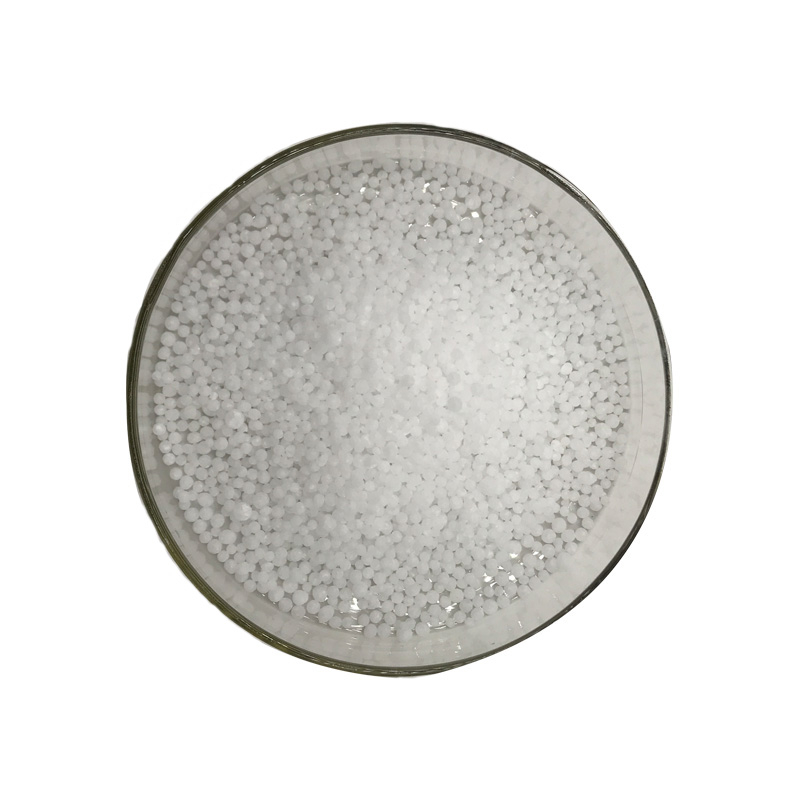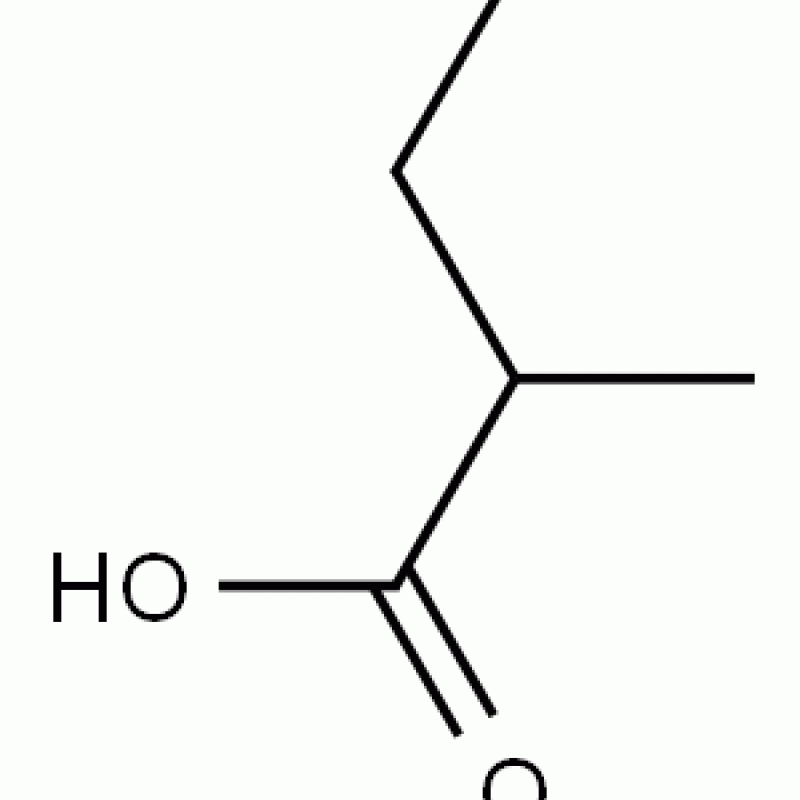Products Description of 4-(4-Aminobenzyl)piperazine-1-carboxylic acid tert-butyl ester CAS#304897-49-24-(4-Aminobenzyl)piperazine-1-carboxylic acid tert-butyl ester is a carboxylic acid ester derivative and can be used as a pharmaceutical intermediate.4-(4-Aminobenzyl)piperazine-1-carboxylic acid tert-butyl ester Chemical PropertiesBoiling point 413.6±40.0 °C(Predicted)density 1.136±0.06 g/cm3(Predicted)storage temp. under inert gas (nitrogen or Argon) at 2–8 °Cpka7.16±0.10(Predicted)Safety InformationHS Code 2933599590Product Application of 4-(4-Aminobenzyl
Contact Now
Products Description of Methyl tetrahydropyran-4-carboxylate CAS#110238-91-0Tetrahydropyran-4-carboxylic acid methyl ester is a clear liquidMethyl tetrahydropyran-4-carboxylate Chemical PropertiesMelting point -33°CBoiling point 197°Cdensity 1.080 g/mL at 20 °C(lit.)Fp 86°Cstorage temp. Sealed in dry,Room Temperatureform liquidcolor ClearBRN 114974InChIKeyCNCMVGXVKBJYNU-UHFFFAOYSA-NCAS DataBase Reference110238-91-0(CAS DataBase Reference)Safety InformationHazard Codes XiRisk Statements 36-36/37/38Safety Statements 26-37
Contact Now
Tert-Butyl Methyl Ether CAS# 1634-04-4Methyl tert-butyl ether (MTBE) is a colorless liquid with a distinctive, unpleasant odor. It is made from mixing chemical substances such as isobutylene and methanol, and has been used considering the fact that the Nineteen Eighties as an additive for unleaded gasolines to obtain extra environment friendly burning.MTBE is additionally used to dissolve gallstones.
Contact Now
Products Description of Methyl 3-amino-4-methylthiophene-2-carboxylate CAS#85006-31-1Methyl 3-amino-4-methylthiophene-2-carboxylate is an organic raw material.Methyl 3-amino-4-methylthiophene-2-carboxylate CAS#85006-31-1 Chemical PropertiesMelting point 85-88 °C (lit.)Boiling point 318.6±37.0 °C(Predicted)density 1.264±0.06 g/cm3(Predicted)Fp >100°Cstorage temp. Keep in dark place,Sealed in dry,Room Temperaturesolubility Chloroform (Slightly), Methanol (Slightly)pka1.71±0.10(Predicted)form Solidcolor Pale YellowWater Solubility 1g/L at 35℃BR
Contact Now
Products Description of 1-(4-Chlorophenyl)Piperazine Dihydrochloride CAS#38869-46-4Para-Chlorophenylpiperazine (pCPP) is a psychoactive drug of the phenylpiperazine class. It is relatively obscure, with limited human use, and produces slightly psychedelic effects.
Contact Now
Products Description of Tert-Butyl 1-piperazinecarboxylate CAS#57260-71-6In modern chemical pharmaceuticals, 1-tert-butyloxycarbonylpiperazine plays a very important role because it is an important basic chemical raw material for many antitussive drugs, antiallergic drugs, antipsychotic drugs, antibacterial drugs, various pesticides, etc.
Contact Now
Products Description of 4-tert-Amylphenol CAS#80-46-64-tert-Amylphenol is an organic compound characterized by a phenolic structure with a tert-amyl (4-methyl-2-pentyl) group attached to the para position of the benzene ring. It is used in various applications, including as a stabilizer in polymers and as an intermediate in the synthesis of other organic compounds.
Contact Now
Products Description of 2-(4-FLUORO-PHENYL)-PIPERAZINE CAS#65709-33-32-(4-Fluorophenyl)-piperazine is a common pharmaceutical intermediate.2-(4-FLUORO-PHENYL)-PIPERAZINE CAS#65709-33-3 Chemical PropertiesMelting point 111-114°CBoiling point 287.2±35.0 °C(Predicted)density 1.079±0.06 g/cm3(Predicted)storage temp. 2-8°Csolubility DMF: 30 mg/ml; DMF:PBS(pH7.2) (1:2): 0.33 mg/ml; DMSO: 30 mg/ml; Ethanol: 30 mg/mlform A crystalline solidpka8.76±0.40(Predicted)Safety Information HS Code 2933599590Product Application of 2-(4-FLUORO-PHENYL)-PIPERA
Contact Now
Products Description of 4-(3-AMINOPHENYL)-2-METHYLPYRIMIDINE CAS#175201-90-83-(2-Methylpyrimidine)aniline is a chemical.CAS No.
Contact Now
Products Description of 2-[(4-Aminophenyl)sulfonyl]ethyl hydrogen sulfate CAS#2494-89-5White crystals. Soluble in water, insoluble in ethanol, ether and benzene.
Contact Now
Products Description of 4-tert-Octylphenol CAS#140-66-9It is widely used in the manufacture of oil-soluble octylphenol-formaldehyde resins, surfactants, medicines, pesticides, additives, adhesives, and ink fixatives.4-tert-Octylphenol Chemical PropertiesMelting point 79-82 °C(lit.)Boiling point 175 °C30 mm Hg(lit.)density 0.95 g/cm3 (20℃)vapor pressure 2Pa at 38℃refractive index 1.5003 (estimate)Fp 145 °Cstorage temp. -20°Csolubility water: slightly soluble0.007g/L at 20°Cpka10.15±0.15(Predicted)color White flakesPH Range6 a
Contact Now
Products Description of 4-Methyl-2-pentanone CAS#108-10-14-Methyl-2-pentanone (methyl isobutyl ketone) reagent is widely used as a solvent in chemical and pharmaceutical industries, separation and recovery of nuclear fission products, and scientific research experiments. The content of 4-methyl-2-pentanone sold on the market is ≤99%, and it contains a small amount of impurities such as alcohol, acidic substances and water. 4-Methyl-2-pentanone is used as a solvent for nitrocellulose, lacquer, and certain polymers and resins.
Contact Now
Products Description of tert-Butyl hydroperoxide CAS#75-91-2Tert-butyl hydroperoxide, also known as tert-butanol hydroperoxide, is an organic compound with the chemical formula C4H10O2. It is a colorless and transparent liquid, slightly soluble in water, and easily soluble in most organic solvents such as ethanol and ether.
Contact Now
Products Description of Di-tert-butyl Dicarbonate CAS#24424-99-5BOC anhydride is an organic compound with the molecular formula C10H18O5.
Contact Now
Products Description of Butyl acrylate CAS#141-32-2Butyl acrylate is mainly used to make polymer monomers for fibers, rubbers, and plastics. It is used in the organic industry to make adhesives, emulsifiers, and as an organic synthesis intermediate.It is used in the papermaking industry to make paper reinforcing agents. It is used in the coating industry to make acrylic coatings. Butyl acrylate (butyl acrylate) is the most important variety of acrylic esters.
Contact Now
Products Description of METHYL-(TETRAHYDRO-PYRAN-4-YL)-AMINE HCL CAS#220641-87-2N-Methyltetrahydro-2H-pyran-4-amine is a pharmaceutical intermediate, which can be prepared by reductive amination reaction of tetrahydro-4H-pyran-4-one and methylamine.METHYL-(TETRAHYDRO-PYRAN-4-YL)-AMINE HCL Chemical PropertiesBoiling point 165.0±33.0 °C(Predicted)density 0.93±0.1 g/cm3(Predicted)storage temp. under inert gas (nitrogen or Argon) at 2–8 °Cpka10.01±0.20(Predicted)form liquidcolor Clear, colourlessBoiling point 165.0±33.0 °C(Predicted)density 0.93±0.1 g/c
Contact Now
4-(1-Acetylpiperazin-4-yl)phenol CAS#67914-60-7Crystalline compound.
Contact Now
POLY(ETHYLENE GLYCOL) METHYL ETHER ACRYLATE Chemical PropertiesMelting point 6-7 °C(lit.)density 1.09 g/mL at 25 °C(lit.)Fp >230 °Fstorage temp. -20°Cform Granular Solidcolor White to off-whiteWater Solubility Soluble in waterEPA Substance Registry SystemPoly(oxy-1,2-ethanediyl), .alpha.-(1-oxo-2-propenyl)-.omega.-methoxy- (32171-39-4)Safety InformationHazard Codes TRisk Statements 45-46Safety Statements 53-36/37/39-24/25-22-45WGK Germany 3TSCA YesHS Code 39072090Factory and Equipment ShowFast delivery
Contact Now
Products Description of Poly(acrylic acid)CAS#9003-1-4Acrylic resin (MethylMethacrylateResin), commonly known as organic glass, is a polymer compound made from methyl methacrylate. Commonly used synthesis methods include anionic polymerization, solution polymerization, bulk polymerization, and suspension polymerization. In addition, the resin has excellent properties such as easy coloring, light weight, not easy to break, and good processing performance. Therefore, it is often used as a substitute for glass, optical lenses, lenses, etc.
Contact Now
Products Description of 2,5-Bis(5-tert-butyl-2-benzoxazolyl)thiophene CAS#7128-64-5This product is yellow-green powder. Melting point 200-201℃, decomposition temperature greater than 220℃. Insoluble in water, soluble in alkanes, fats, mineral oils, waxes and common organic solvents. Solubility/(g/100ml): methanol 0.05; acetone 0Chemicalbook.5; toluene 5.3; carbon tetrachloride 5.9; tetrahydrofuran 5.5; DMF 0.8; chlorobenzene 10.2; cyclohexane 3.3; xylene 5.5; dioctyl phthalate 0.7; water 0.01.
Contact Now
Products Description of Antioxidant 168 CAS#31570-04-4Antioxidants are organic compounds that can inhibit or delay the thermal oxidation of polymers and other organic compounds in the air. Usually, adding a small concentration of 1% antioxidant is very effective. For example, foods are prone to oxidation and deterioration, and a small amount of antioxidants can be added to extend their storage time. Polymer materials such as plastics, synthetic fibers and rubber are prone to thermal oxidation degradation reactions.
Contact Now
Products Description of Iodomethane CAS#74-88-4Methyl iodide is a halogenated hydrocarbon with the molecular formula CH3I, MeI. It is a monoiodine substitute of methane. The boiling point is 42.4℃, the relative density is 2.279 (20/4℃), it is a volatile liquid with high density at room temperature, the dipole moment is 1.59D, and the refractive index is 1.5304 (20°C, D), 1.5293 (21°C, D). Methyl iodide is miscible with common organic solvents, slightly soluble in water, soluble in ethanol and ether. The pure product is colorless and has a special odor.
Contact Now
Products Description of Sodium 4-amino-1-naphthalenesulfonate CAS#130-13-2White or off-white flaky crystals. Easily soluble in water, soluble in 95% ethanol, insoluble in ether, slightly soluble in concentrated caustic alkali aqueous solution and ethanol solution. It is an important azo pigment intermediate, widely used in the synthesis of direct dyes and reactive dyes.
Contact Now
Products Description of (Hexadecylamidopropyl)trimethylammonium chlorideCAS#51277-96-4White powder(hexadecylamidopropyl)trimethylammonium chloride Chemical Propertiesdensity 1.029[at 20℃]vapor pressure 0Pa at 20℃Water Solubility 203mg/L at 20.1℃LogP2.49 at 25℃EPA Substance Registry System1-Propanaminium, N,N,N-trimethyl-3-[(1-oxohexadecyl)amino]-, chloride (51277-96-4)Factory and Equipment ShowFast delivery timeInventory 2-3 working days New production 7-10 working days
Contact Now











![2-[(4-Aminophenyl)sulfonyl]ethyl hydrogen sulfate CAS#2494-89-5](https://sdluxicdn.huazhi.cloud/cdn/ff/zZzg_lRqIZ9Z-CjQBN9JQD7mHmr_8o1Ac1pA77EgT-I/1718527026/public/styles/chanpinzhutu/public/2024-06/Chlorobutanol_58.jpg?itok=G46_f_7M)























